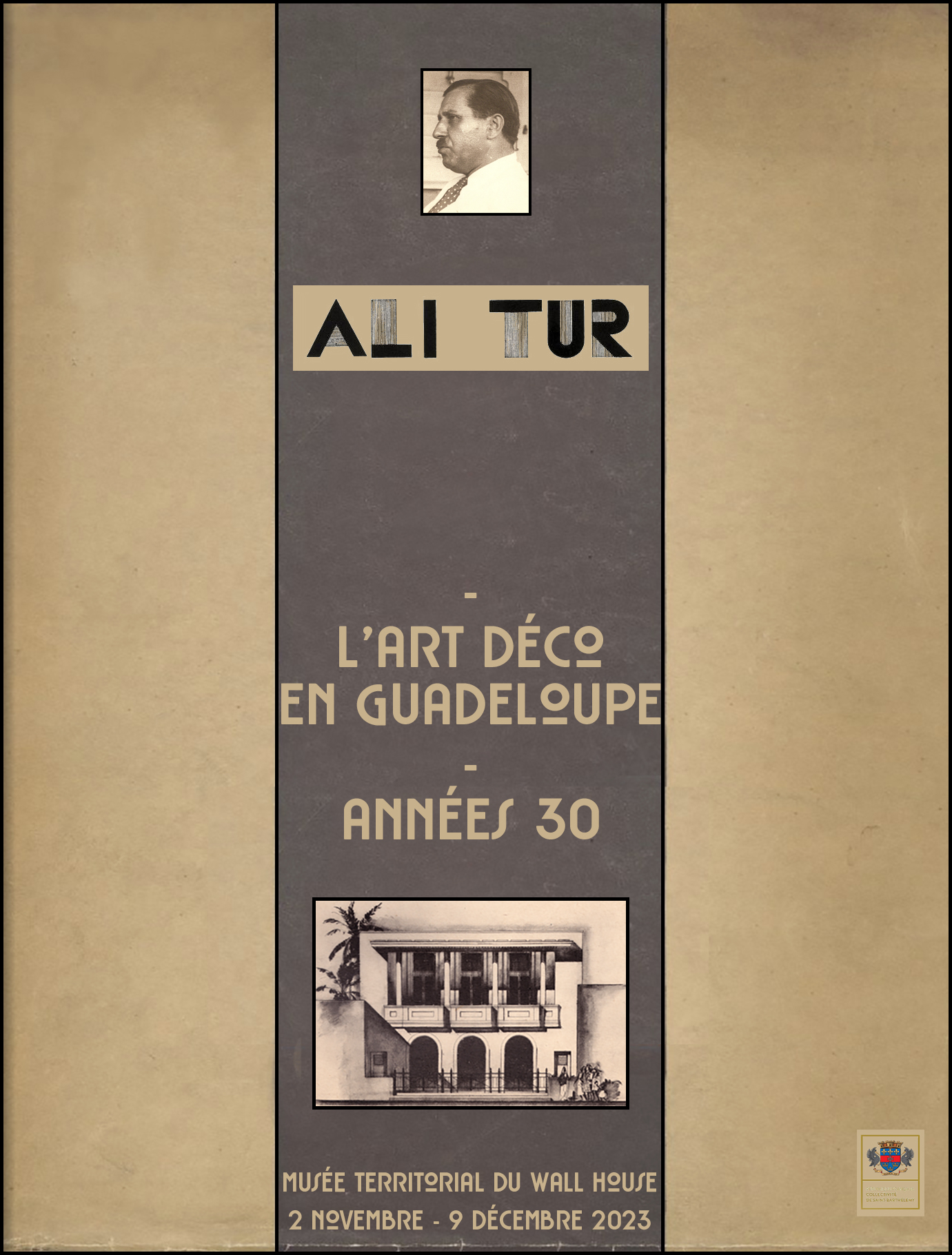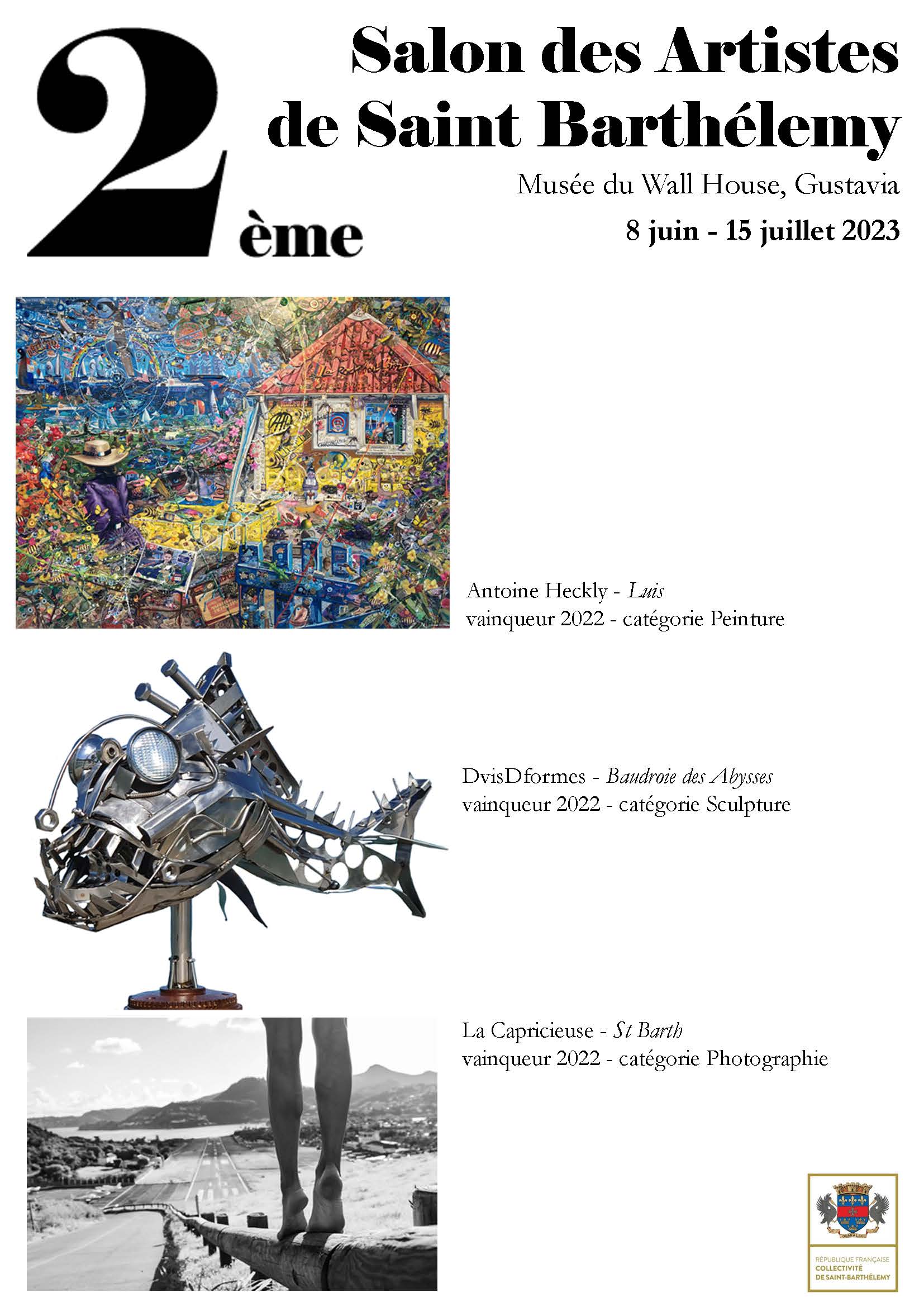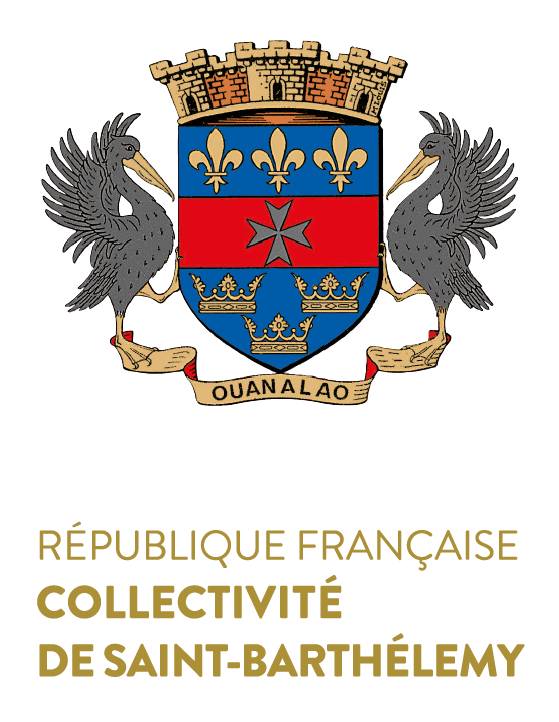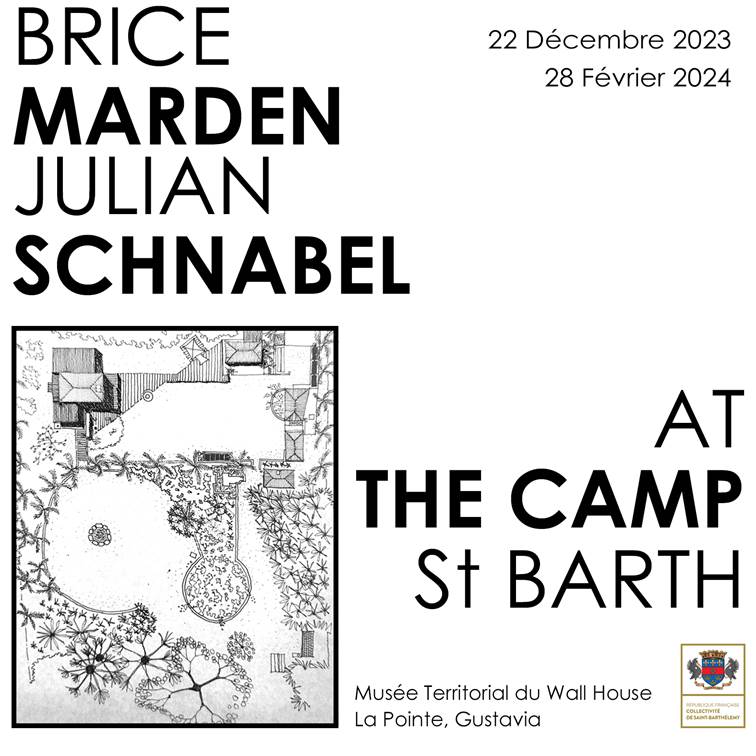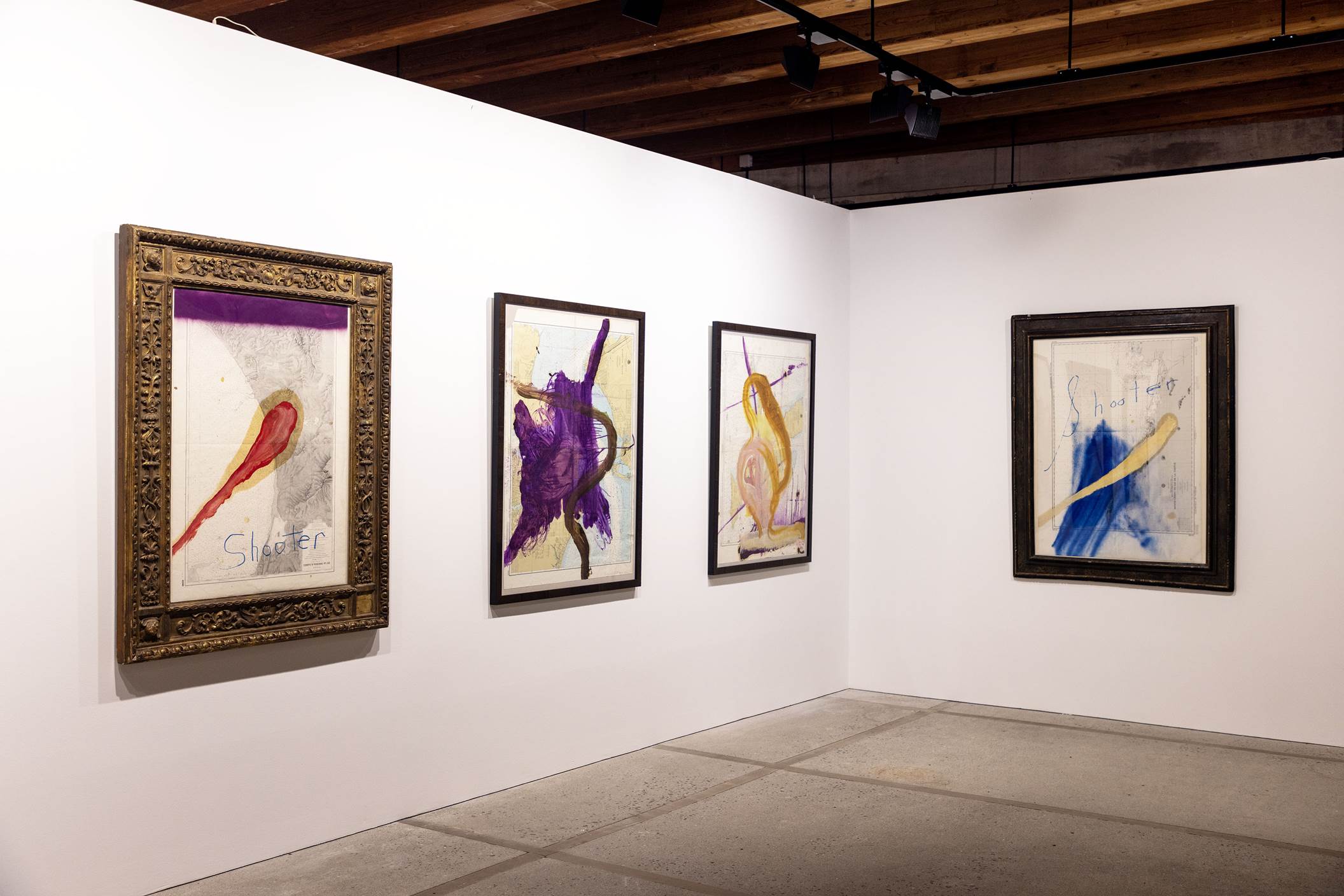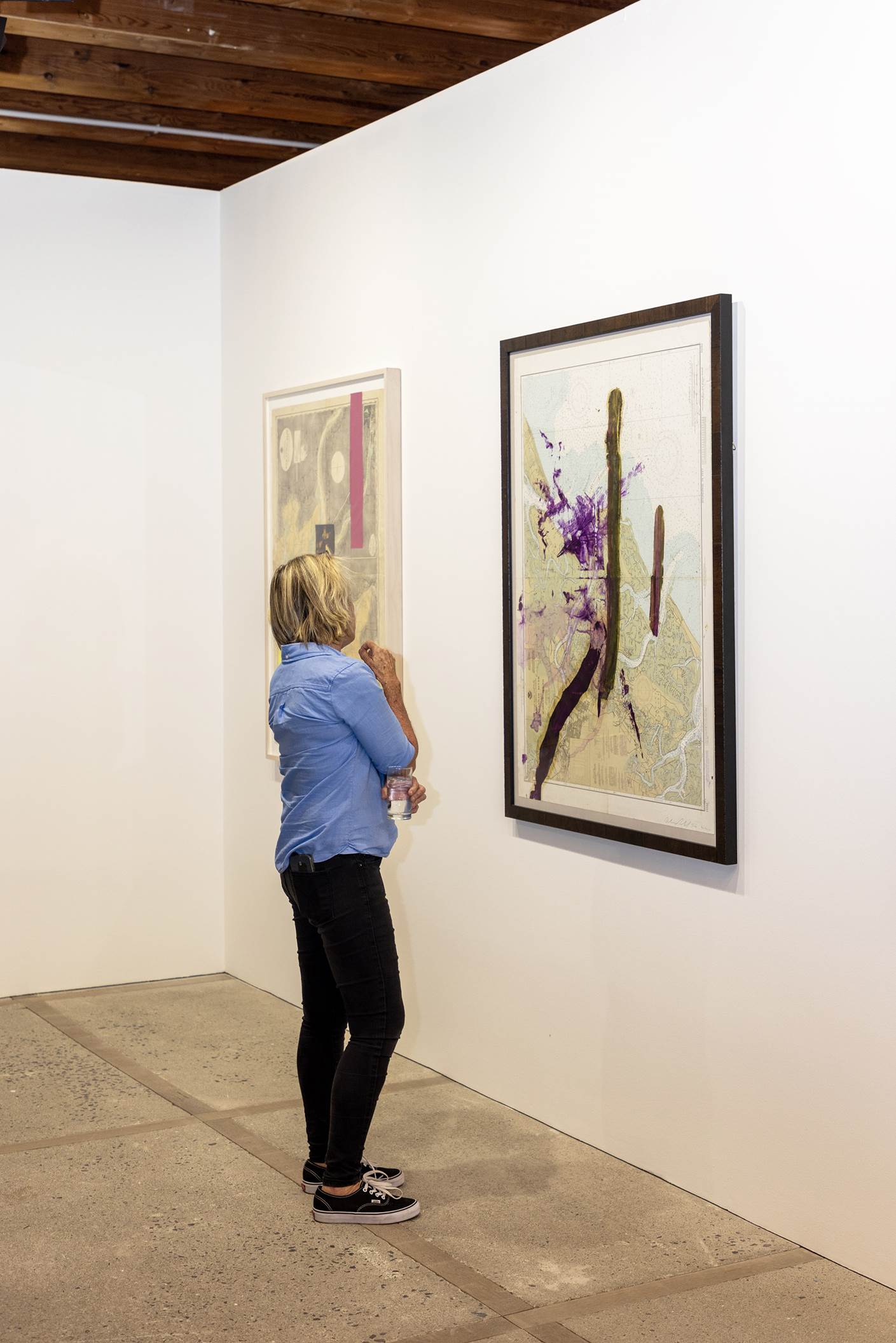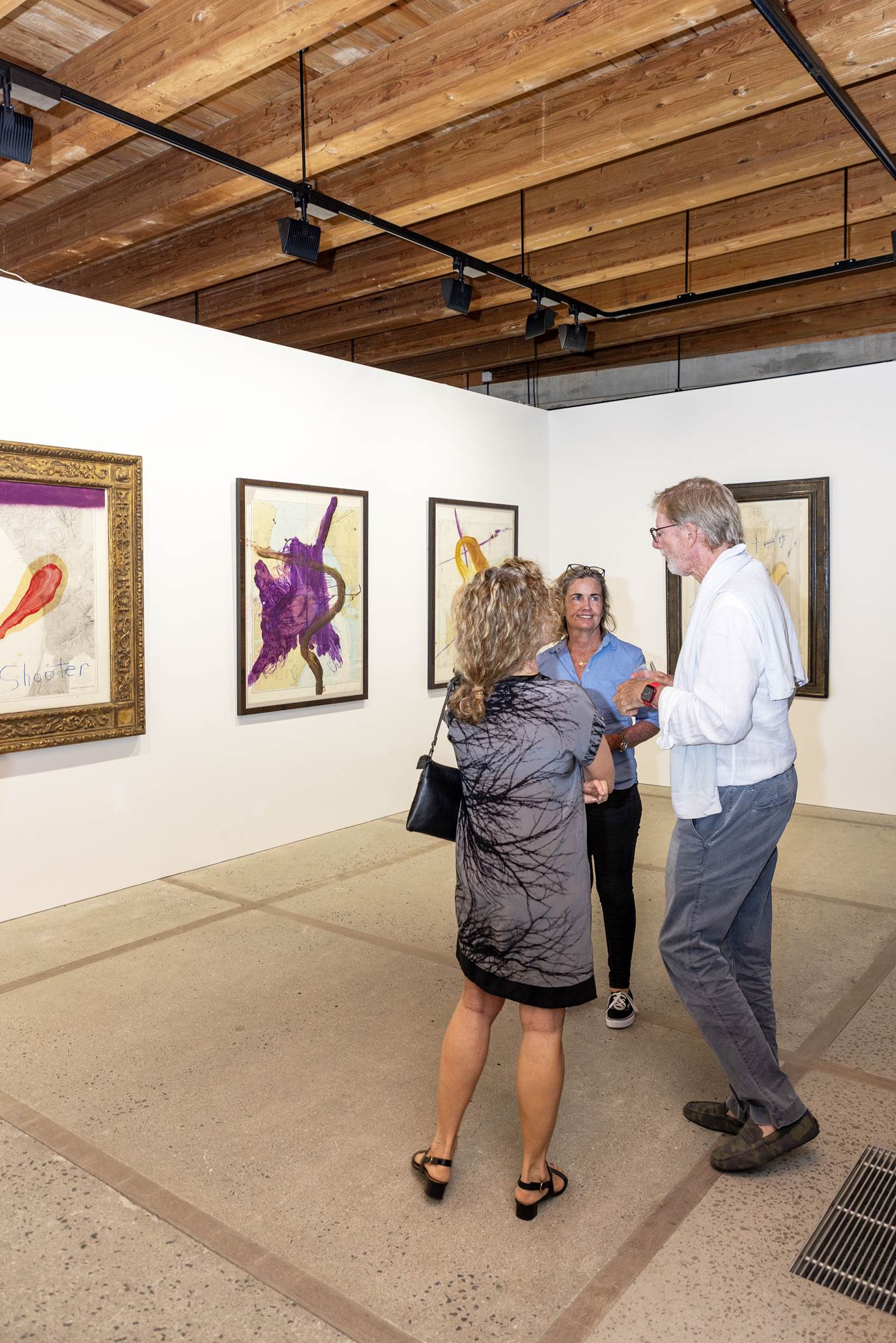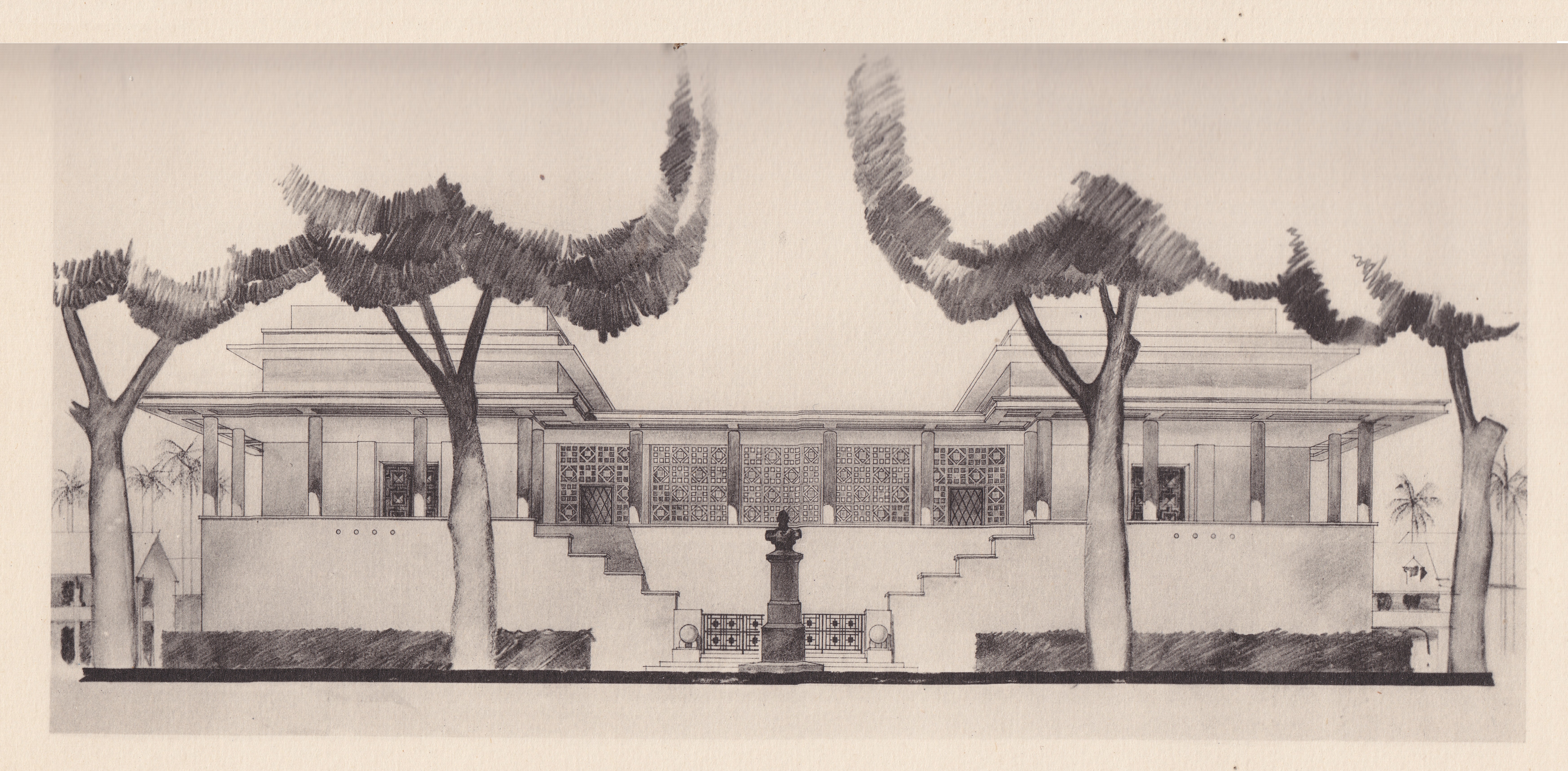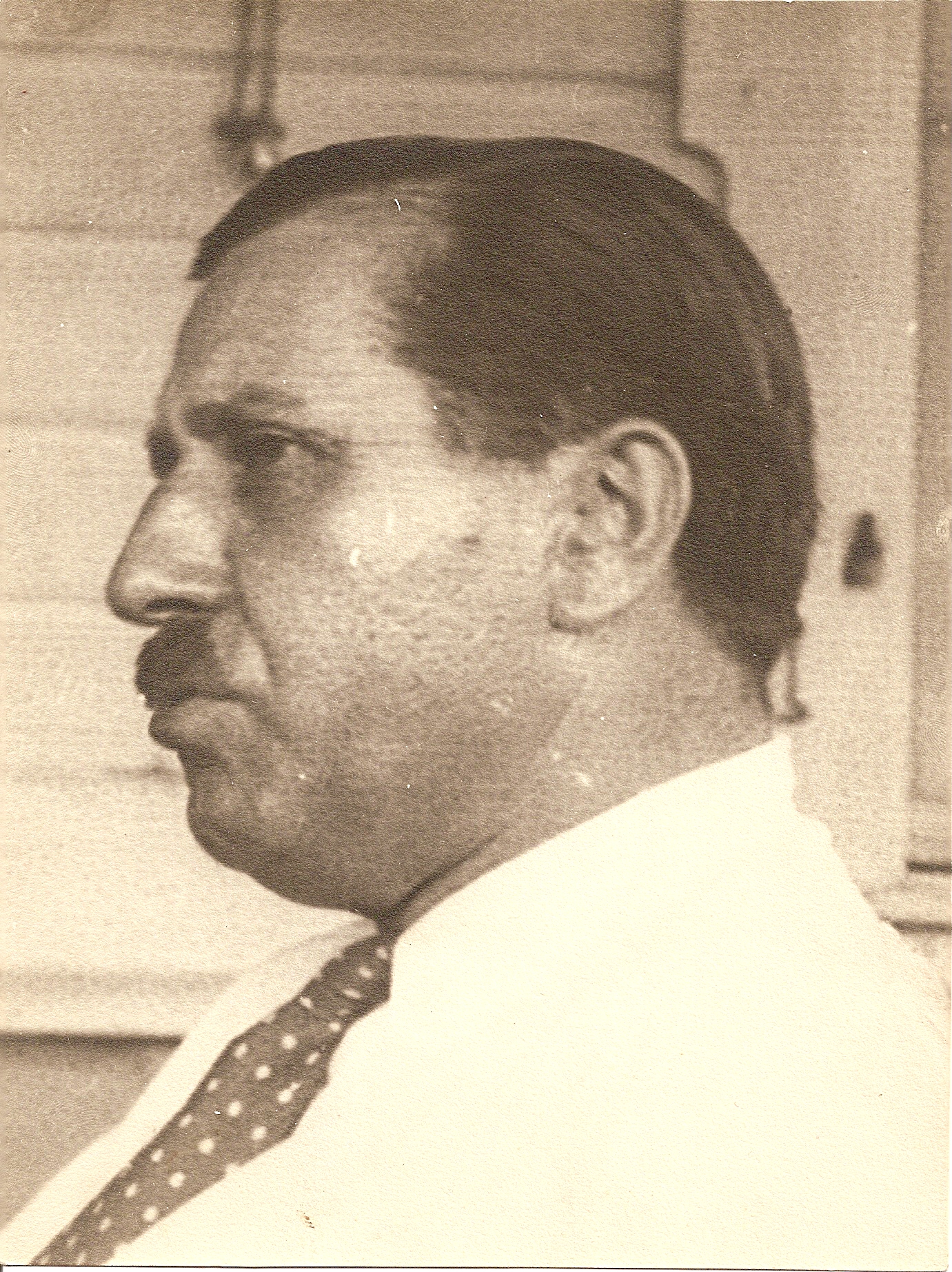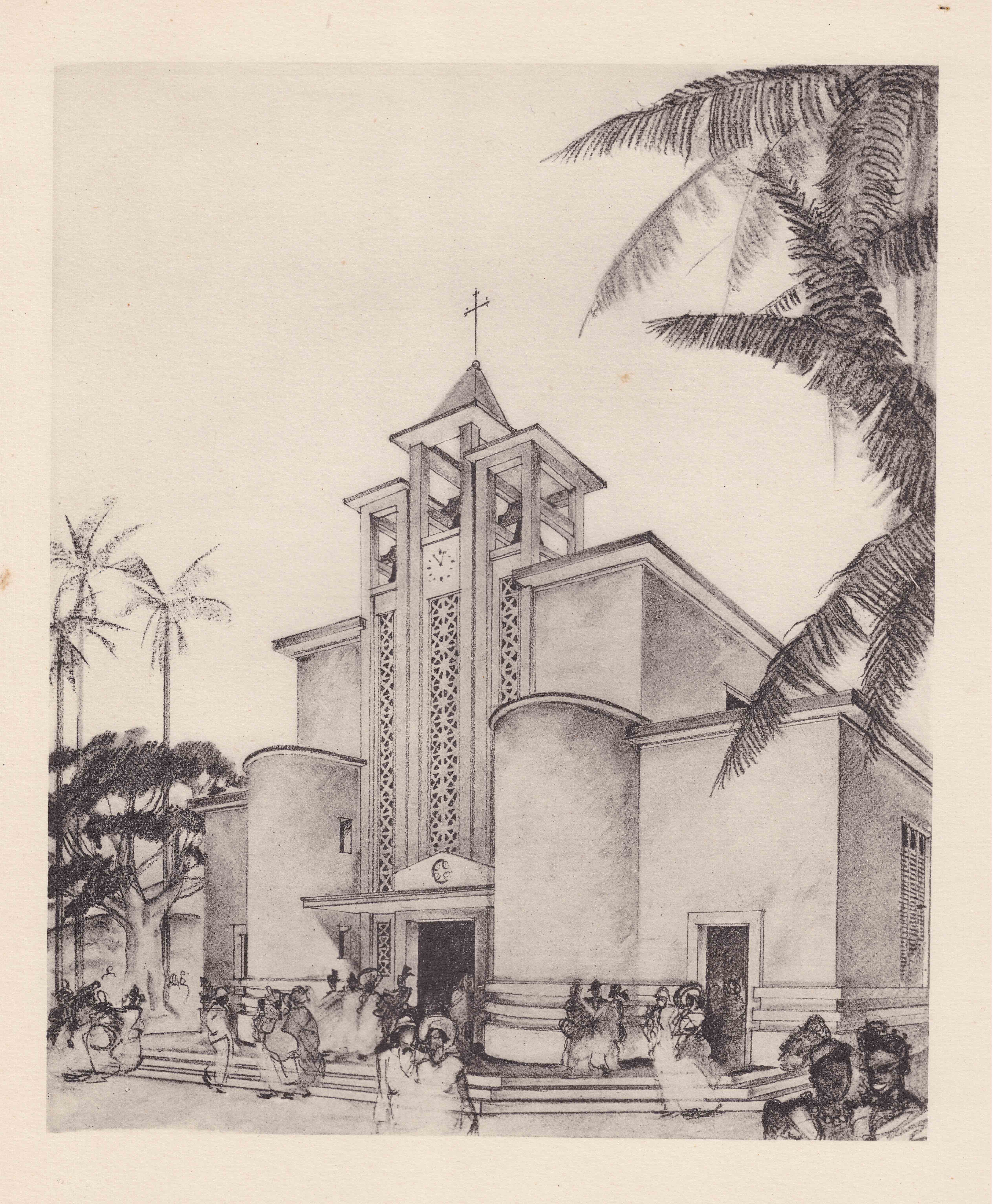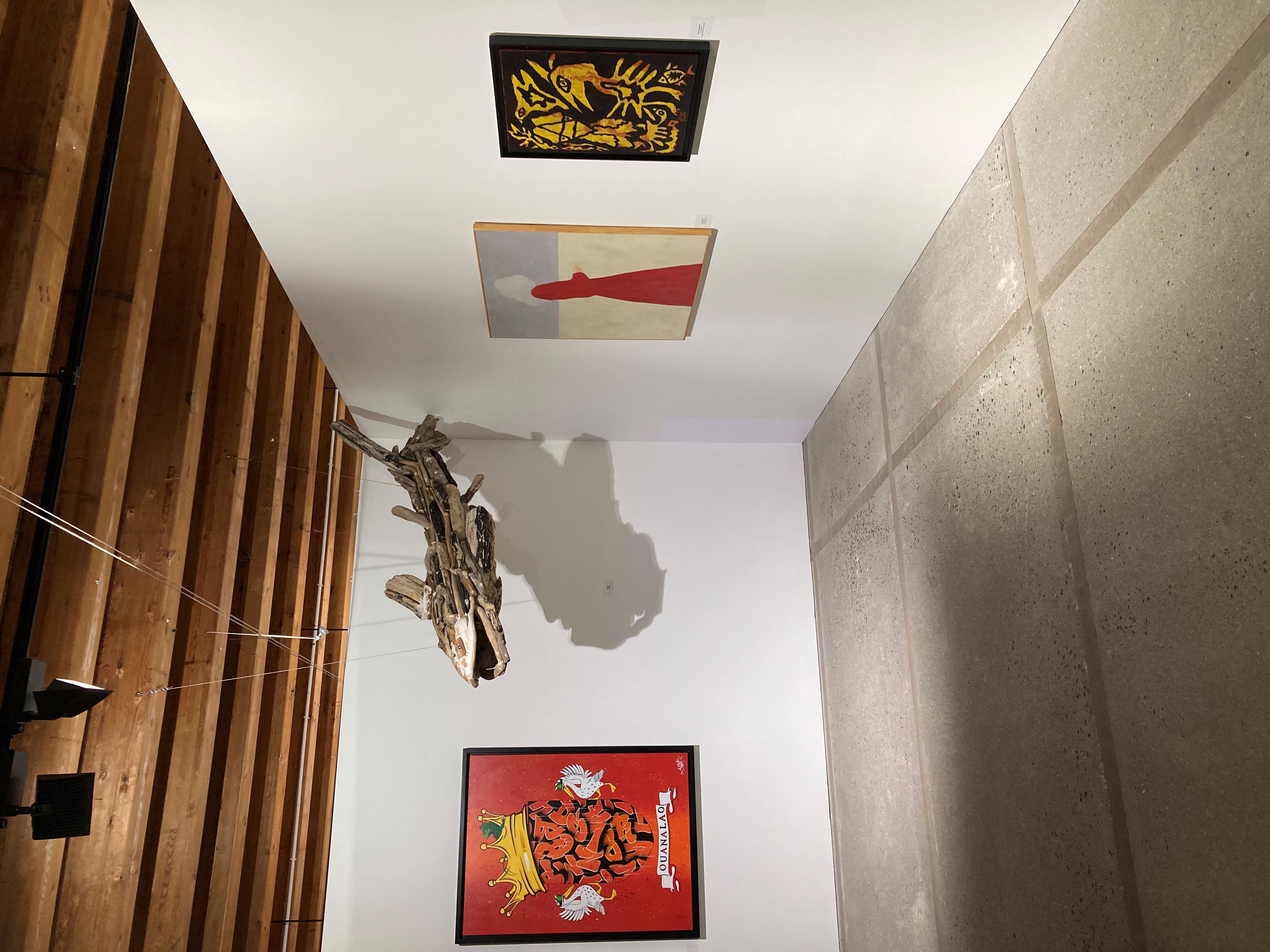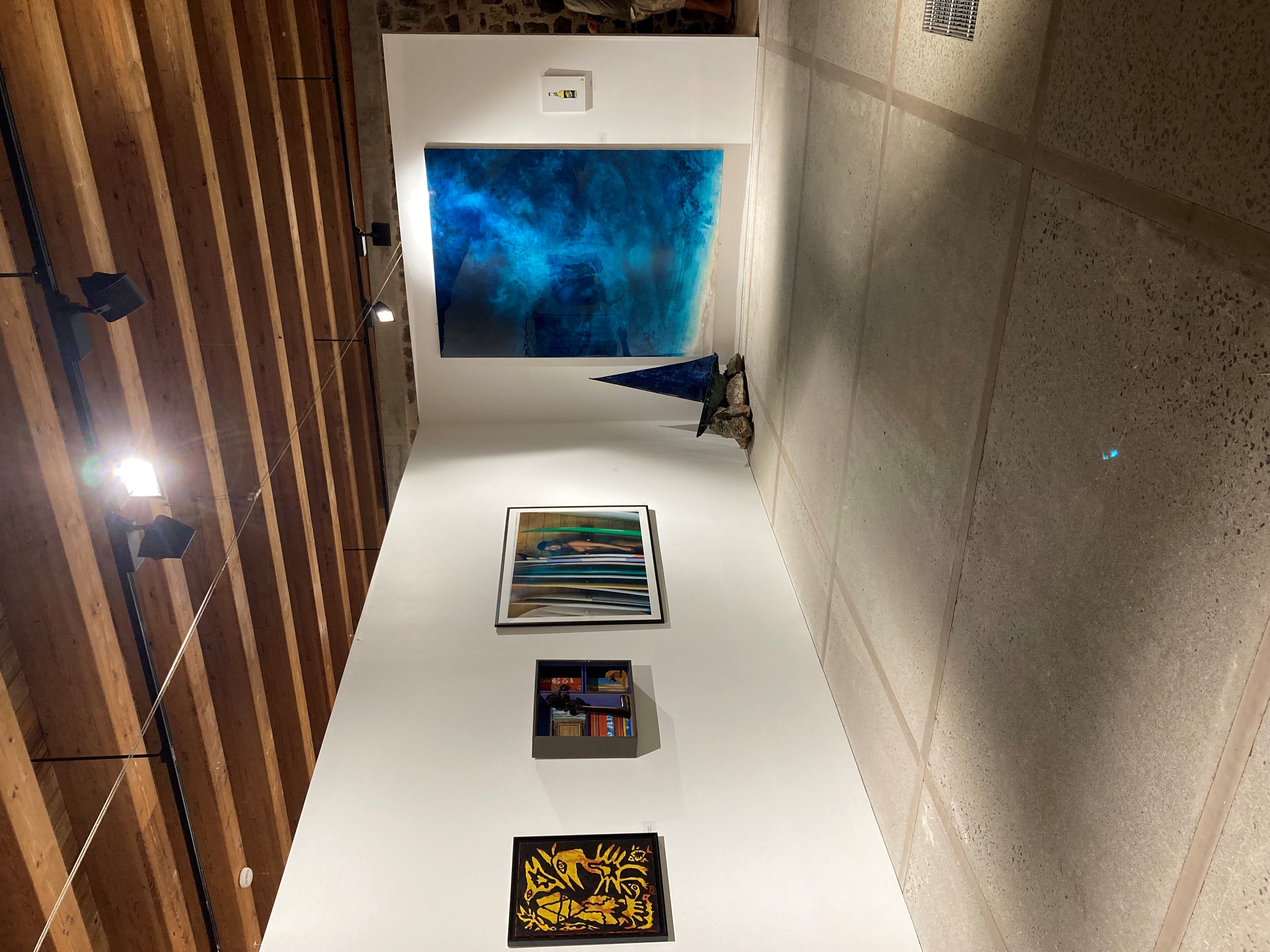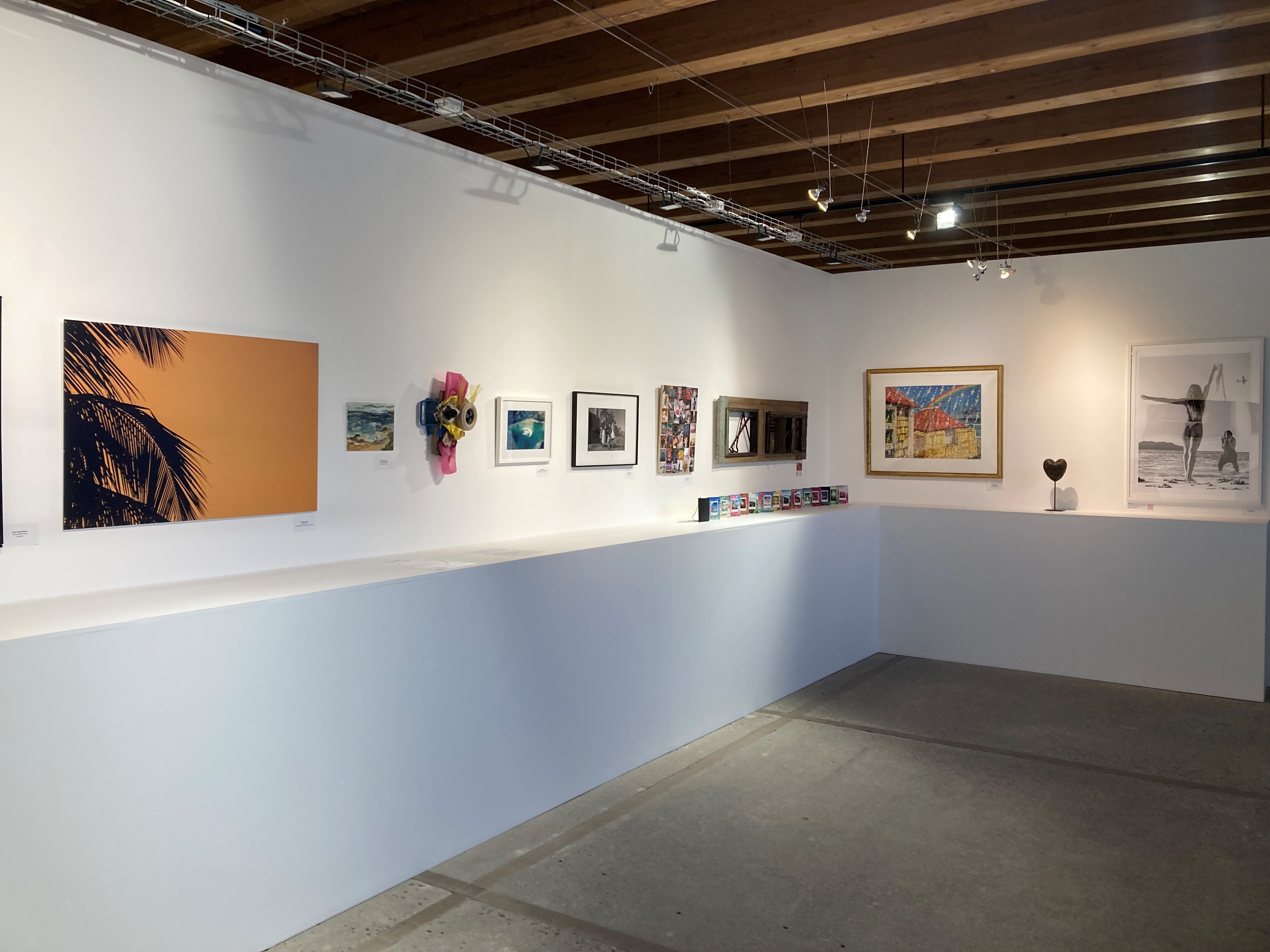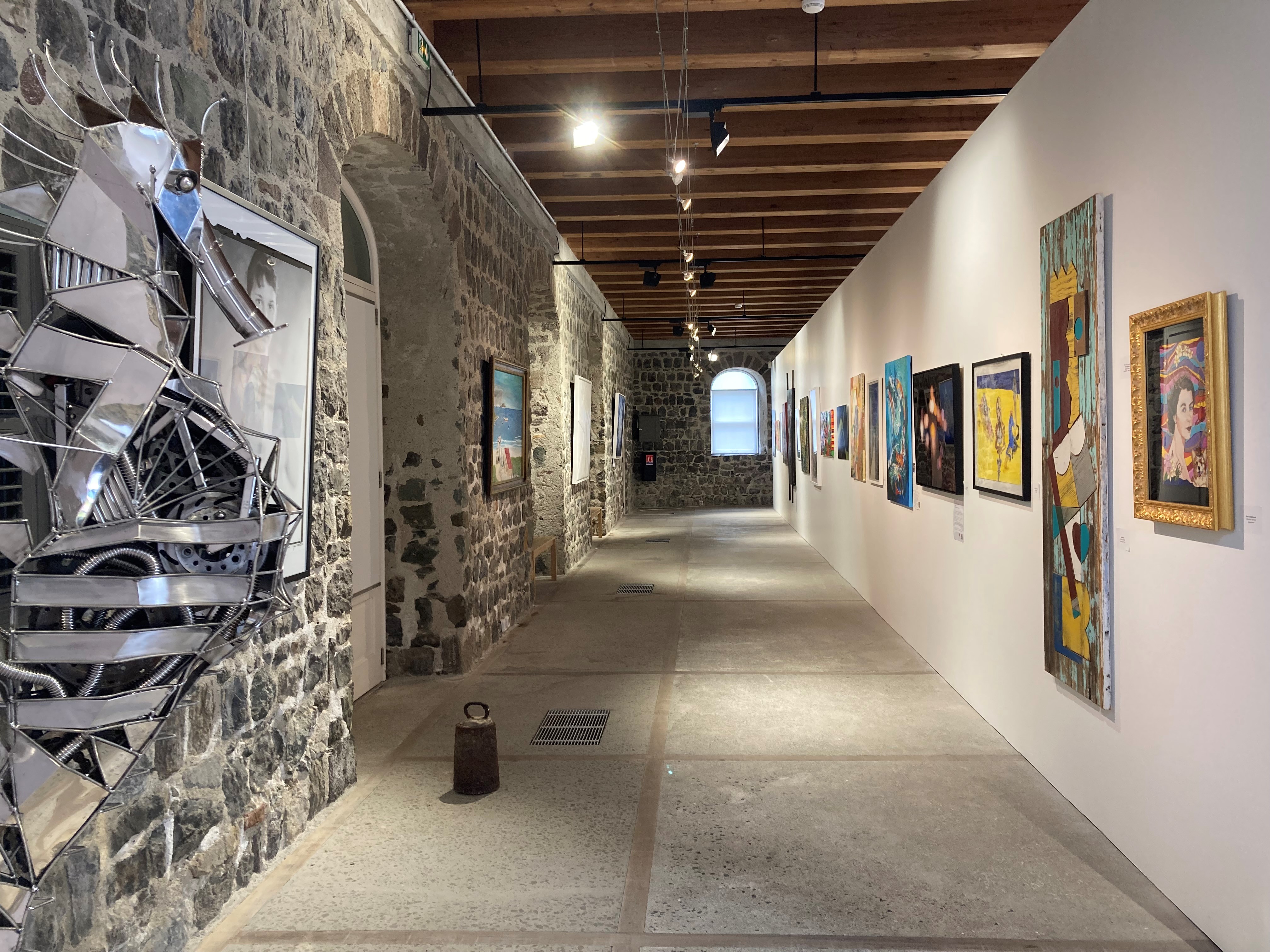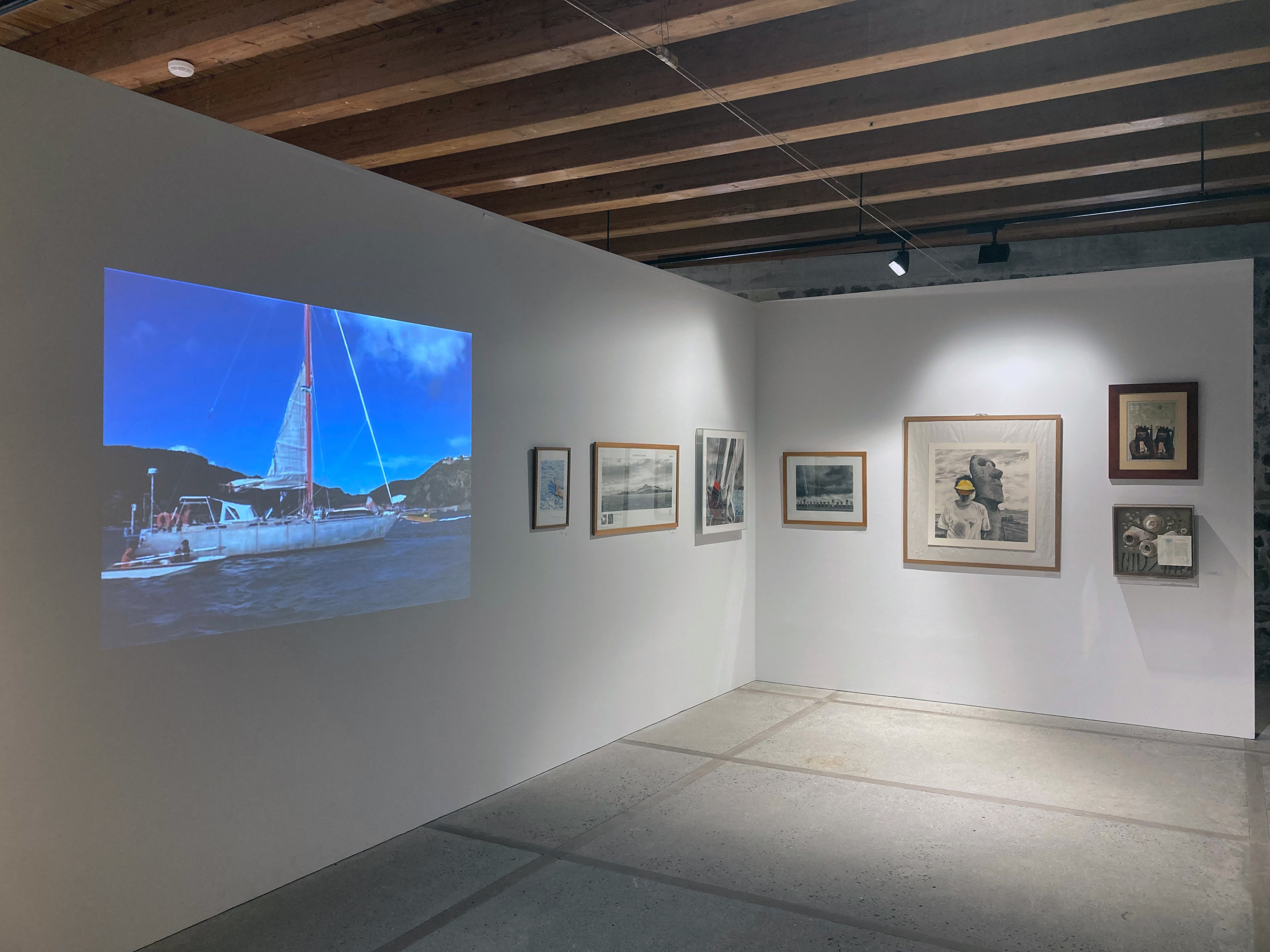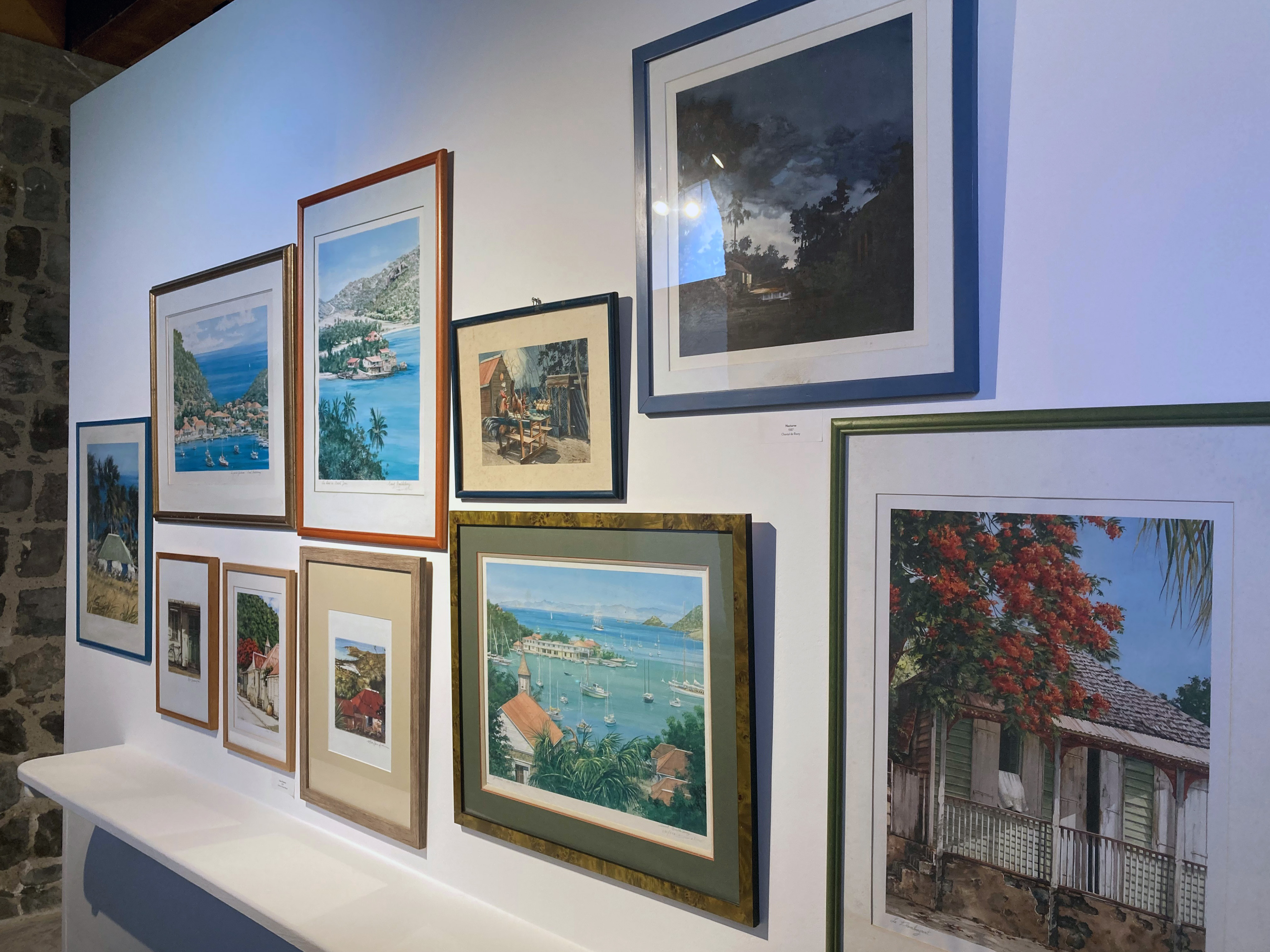On September 13, 1928, Guadeloupe wakes up. Calm follows horror. The strongest cyclone ever recorded on the island is moving away. Okeechobee caused between 1,500 and 2,000 deaths. Pointe-à-Pitre is destroyed, Lamentin, Morne-à-L’eau, so to speak, no longer exist… It’s an endless desolation. Photographs from the period show us a landscape of ruins. It looks like Verdun in 1918.
The human and material toll is considerable, almost catastrophic.
France, through its Ministry of Colonies on which Guadeloupe still depends, very quickly launches the reconstruction project. At least as far as the buildings belonging to the colony are concerned. In April 1929 it signs a contract with a certain Ali Tur, architect, aimed at the reconstruction of all the official structures on the island.
Ali Tur. A strange sounding name. With mysterious origins... which sometimes played havoc with him in the nationalist atmosphere of the interwar period. This first name, Ali, however, he owes it to the sole fact of being born somewhat by chance in Tunis to French parents who proved there their open-mindedness.
Educated in one of the best workshops of the National School of Fine Arts in Paris, that of Victor Laloux, an architect eager for modernity who taught him the still nascent science of concrete, Ali Tur fully embraces, but with taste and restraint, the astonishing possibilities provided by this revolutionary material.
Sent to Guadeloupe from 1929 to 1938 Ali Tur not only rebuilds state buildings but he becomes subsequently commissioned by the municipalities to rebuild their broken infrastructure. In total, more than a hundred buildings of all types and functions are brought out of the ground by the architect. Churches, town halls, tax offices, schools, police stations, post offices, market halls, presbyteries, etc. there is no shortage of work which allows Ali Tur to give a modern face to the island. Generations of Guadeloupeans will now live in a landscape marked by the imprint of this style forever associated with the 1930s and called Art Deco.
It is on this very significant episode that this exhibition aims to shed some light. At a time when unfortunately this unique heritage is threatened by progressive degradation and lack of maintenance, it is more urgent than ever to show the incredible quality of the work carried out by a single man who, with restraint and humanism, knew how to heal the wounds of a bruised territory by giving it a modern face.
It is thanks to the excellent work of Ms. Michèle Robin-Clerc, architect D.P.L.G., native of Guadeloupe, author of the reference work on Ali Tur (Ali Tur, the architect of a reconstruction, 2015) that this exhibition is possible. All lovers of architecture in general and Guadeloupean heritage in particular are indebted to her for introducing us to it. May she be sincerely thanked here.
